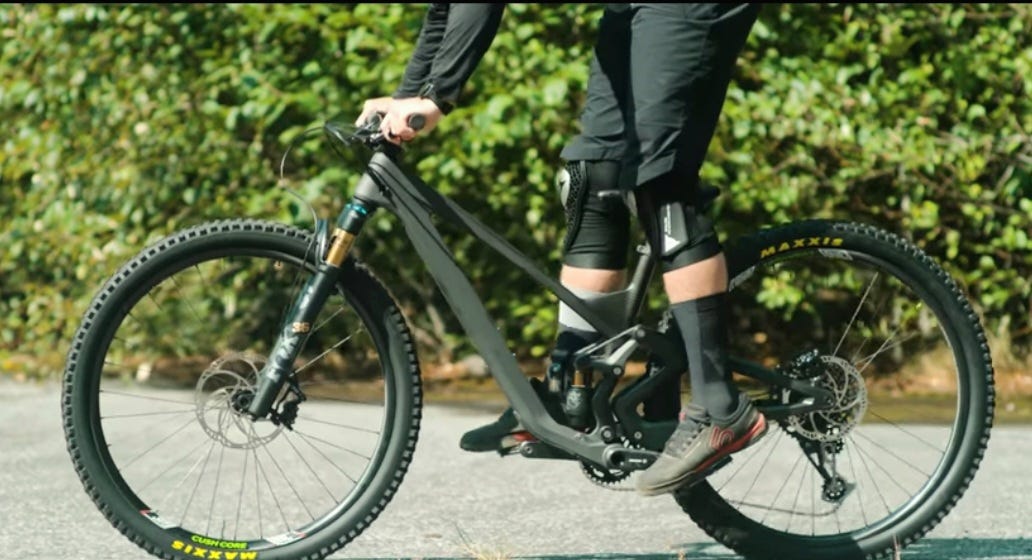Lately I’ve watching and reading some posts about bike geometry. (mtb’s & dirt bikes) While some of the posts are informative, most do not address the in-depth issues of dynamic geometry. Meaning that there is discussion around general geometry of a bike with numbers and applications, so on and so forth. Yet there is no distinction made between Static Geometry and Moving (or dynamic) Geometry.
Static Frame or Machine Geometry is what designers and engineers come up with on paper. These are numbers typically arrived at utilizing 50% of the given suspensions travel- give or take a percent or two. The problem with some of these videos and discussions is that they imply that geometry “Changes” depending on the suspension settings. And while the extension and compression of suspension temporarily both affects and effects geometry, those settings cannot permanently ‘Change’ the designed Static Geometry.
To accomplish an actual “Change” would require physically repositioning the swingarm and-or shock linkage/pivot points and-or raising/lowering the fork legs or even changing the diameter size of the tires. These ‘changes’ will ultimately effect head angle, rear squat, ride height and rake.
A bike in motion is usually in-flux with regard to compression and rebound, so the geometry will always remain in a Range of a set of numbers. That variation will be within a percentage, a very small percentage range- IF the bike sag is setup properly. If it is not setup properly, the bikes static geometry figures will be significantly affected, causing ill handling charecteristics and a lagged/poor response of the suspension itself.
Now, the bike comes from the factory with designed static geometry figures, the rider takes hold of the bike and sets the correct sag prior to adjusting any other suspension settings. So, you now have what is termed “Sagged Geometry” I’ll assume all riders know about sag, but in case not, here is a Link.
While fork-shock travel and leverage are important aspects of a bike's suspension system, they are not defined by or equal to the static geometry of the frame. Geometry provides the basic foundation of the frames design. Whereas suspension travel and leverage are determined by the suspensions linkage, specifications and attached fixed positions.
Hypothetically a suspension can be at or between any of the following points during its given travel:
1. Both ends at full extension (mid-air)
2. Both ends at full compression (flat drop)
3. Front fully extended, rear fully compressed or
4. Front fully compressed, rear fully extended.
But again, these positions are in-flux and are not static. It is a complex subject and can be confusing for sure. But just understand that ‘Affecting’ (influencing) ‘Effecting’ (resulting) and ‘Changing’ (permanent) are all distinct terms and have distinct meaning with regard to mechanical physics.




